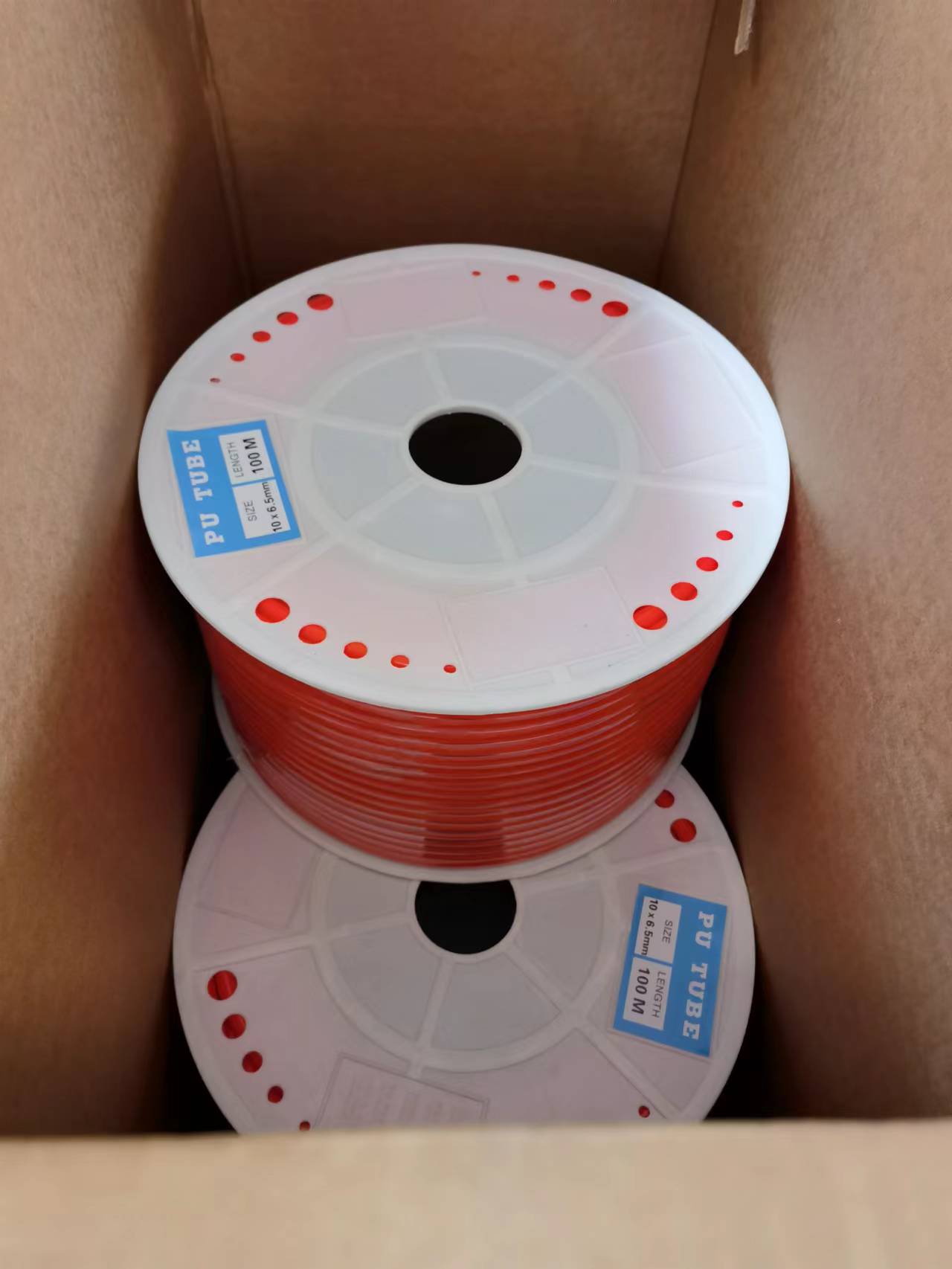difference between tube and hose
The Difference Between Tube and Hose A Comprehensive Overview
When it comes to the transportation of liquids and gases, the terms tube and hose are often used interchangeably. However, these two components are distinct in their design, applications, and characteristics. Understanding the differences between tubes and hoses is crucial for selecting the right product for your specific needs in various industrial, automotive, and construction applications.
Definition and Structure
To begin with, the primary difference lies in their structure. A tube is generally a rigid or semi-rigid cylindrical structure that is designed to transport fluids. It has a uniform cross-sectional area along its length and is made from materials such as metal, plastic, rubber, or composite materials. Tubes are usually thicker than hoses and can endure higher pressures and temperatures, making them suitable for high-performance applications such as hydraulic systems, automotive exhausts, and pneumatic systems.
On the other hand, a hose is typically flexible and designed to transport liquids or gases but lacks the same rigidity as a tube. Hoses are usually characterized by a woven or braided reinforcement that enhances flexibility and durability, allowing them to bend and flex without kinking. They are often made from rubber, PVC, or other elastomeric materials. Hoses are commonly used in applications such as garden watering, fuel transfer, air compressors, and industrial cleaning.
Applications
The applications of tubes and hoses also differ significantly due to their inherent properties. Tubes, due to their sturdiness and high-pressure tolerance, are frequently found in situations that require the safe handling of pressurized fluids. For example, hydraulic tubes are crucial in construction machinery, providing the necessary strength to facilitate heavy lifting and movement. Similarly, metal tubes are often used in the automotive sector for fuel lines and exhaust systems, where durability and thermal resistance are essential.
difference between tube and hose

Hoses, in contrast, are more versatile concerning flexibility and are better suited for less demanding applications. They are widely used for conveying water in various domestic and industrial settings. For instance, a standard garden hose can withstand water pressure without bursting while being flexible enough to maneuver around obstacles in your yard. Additionally, hoses designed for air compression are crucial in powering pneumatic tools, offering convenience and portability.
Size and Dimensions
When comparing tubes and hoses, their sizes and dimensions also play a vital role. Tubes are often specified by their outer diameter (OD) and wall thickness, while hoses are usually described by their inner diameter (ID) and pressure rating. This distinction is essential when considering the flow rate and compatibility with fittings and connectors. It's crucial to choose the correct size based on the specific fluid being transported and the pressure requirements of the system.
Connection and Fittings
Another important difference lies in the method of connection and fittings. Tubes often require more permanent connections, such as soldering or welding, while hoses typically use simple fittings that allow for easy assembly and disassembly. This feature makes hoses more convenient for situations where the system may need to be frequently changed or adjusted, such as in landscaping or during maintenance tasks.
Conclusion
In summary, while tubes and hoses both serve the purpose of transporting fluids and gases, their differences in structure, applications, dimensions, and connection methods make each suitable for specific scenarios. Understanding these differences is essential for engineers, manufacturers, and hobbyists alike, ensuring that the correct component is selected for the task at hand. Whether you're working on an industrial project or simply watering your garden, recognizing the right choice between a tube and a hose can lead to more efficient and safer operations.
-
Top Quality Oxy Acetylene Hoses for Sale Fit for Welding DemandsNewsJul.28,2025
-
The Future of Pneumatic Air Tubes in IndustryNewsJul.28,2025
-
Superior and Reliable LPG Hose Pipe Solutions for Every NeedNewsJul.28,2025
-
Exceptionally Durable and Versatile Premium Braided PVC TubingNewsJul.28,2025
-
Best Adapters for Connecting Garden Hose to PVC Pipe ConnectionsNewsJul.28,2025
-
The Essential Role of LPG Hoses in Safe and Efficient Gas DistributionNewsJul.16,2025














